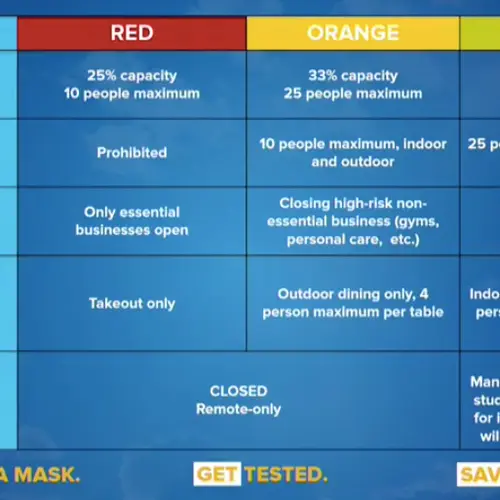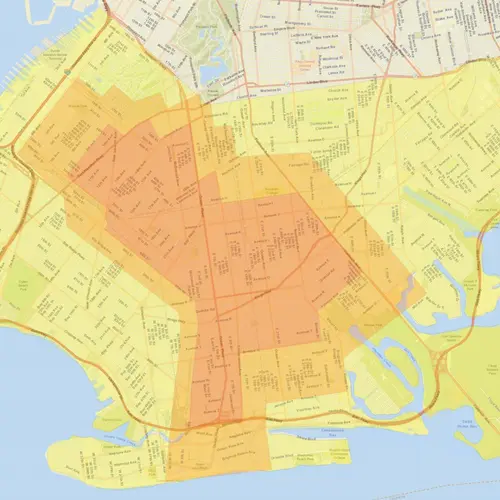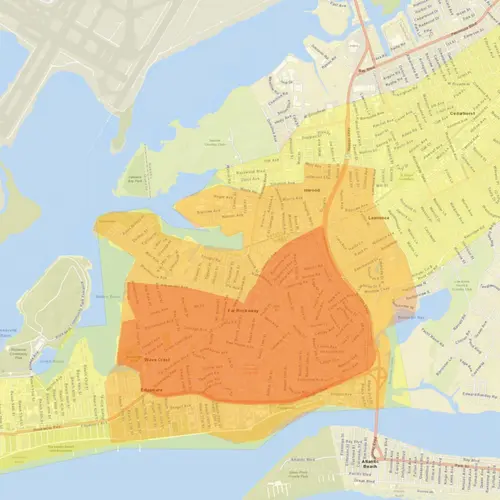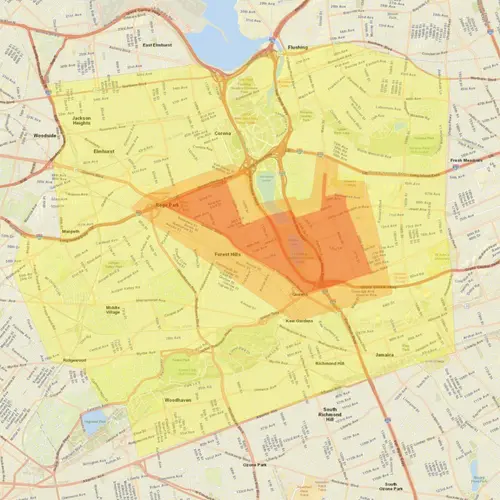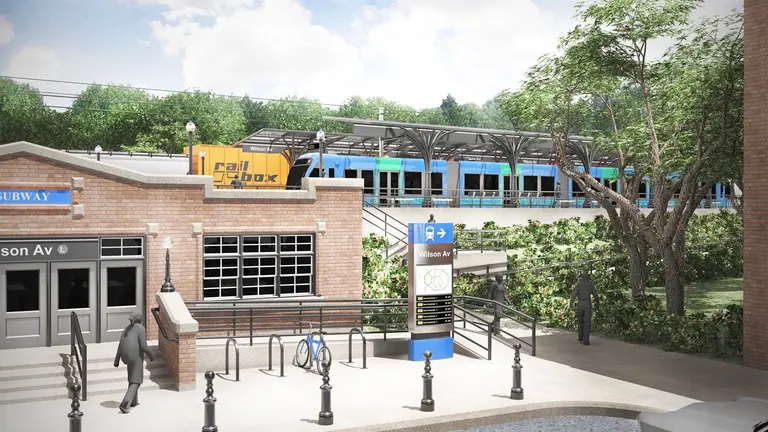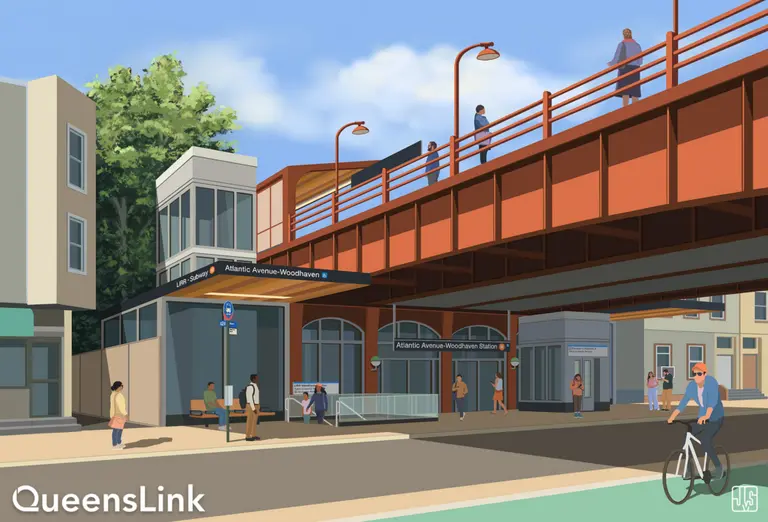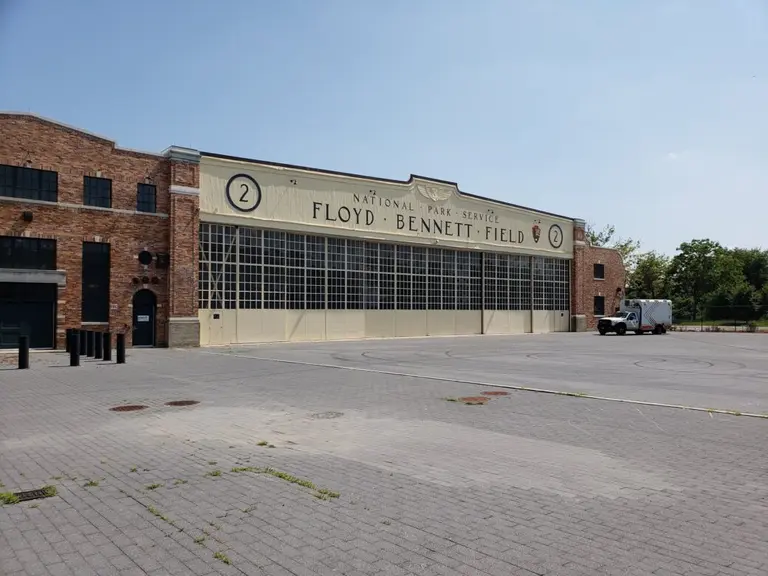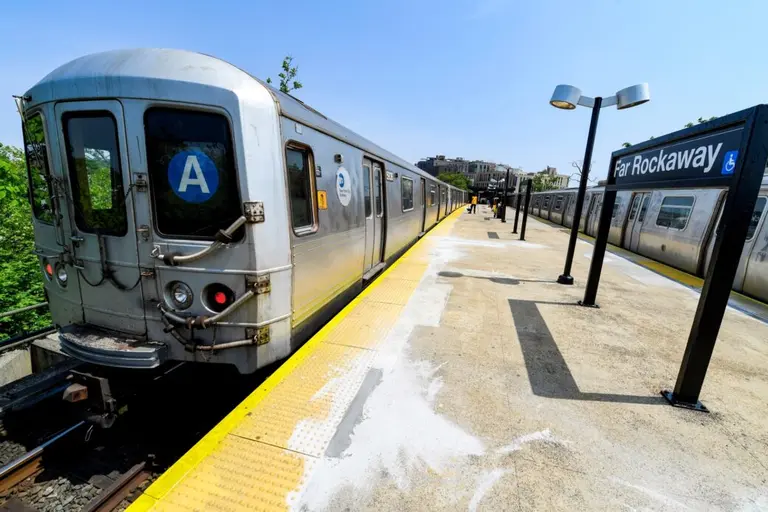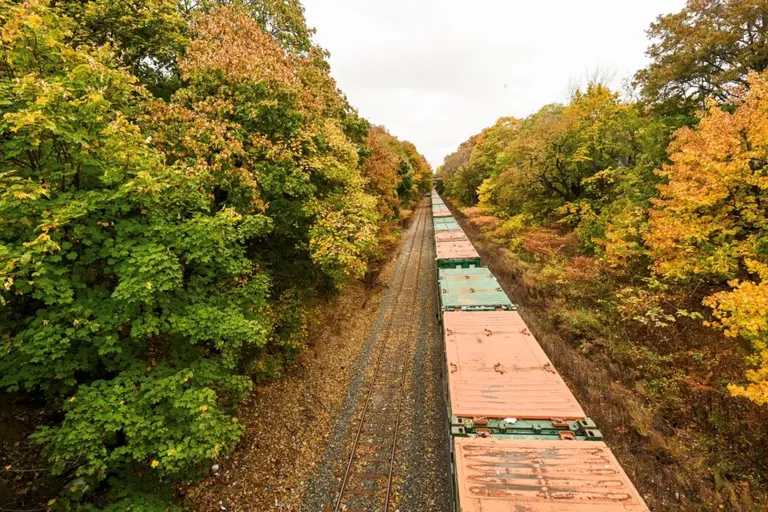Here’s how to find out if your neighborhood is in a COVID-19 cluster zone
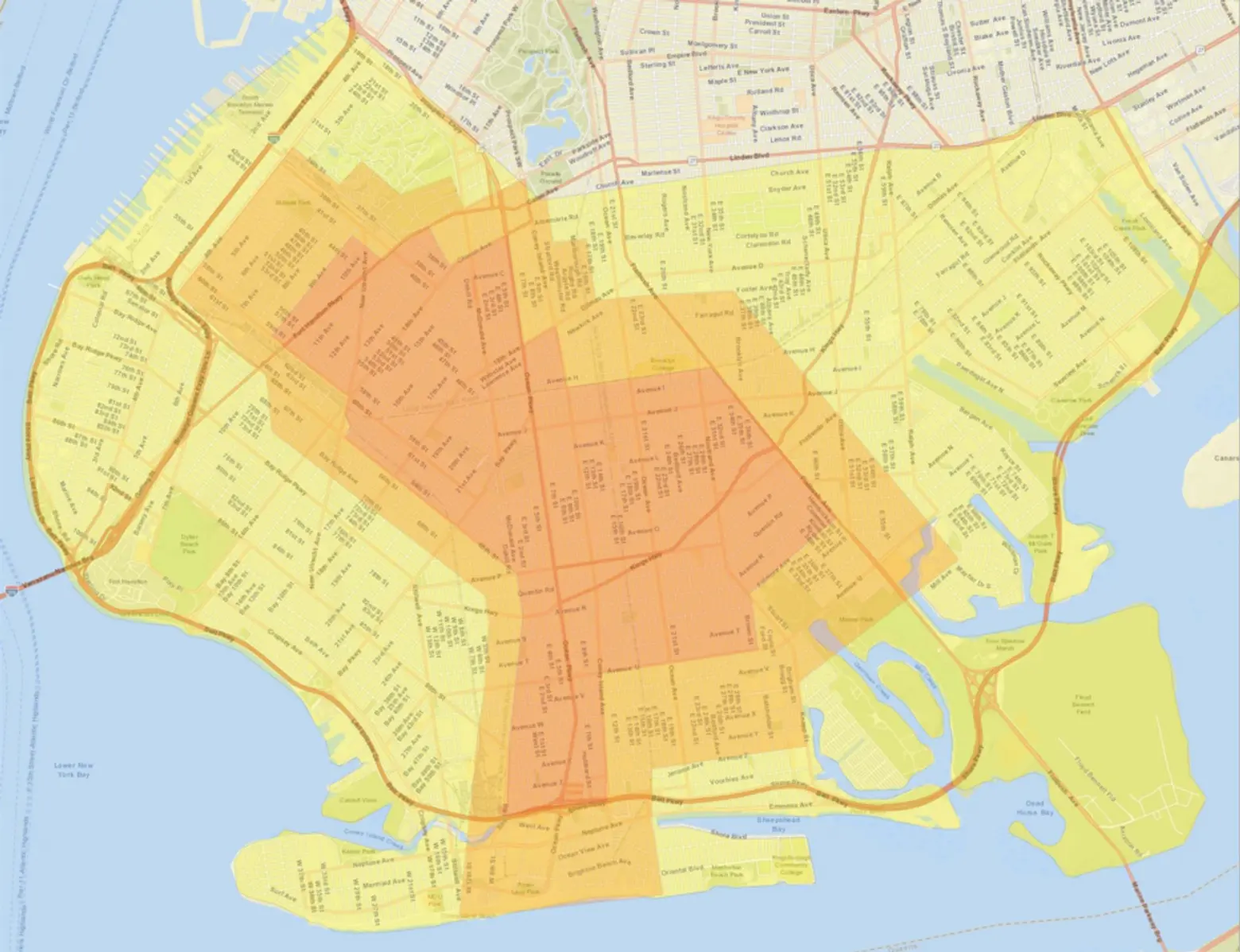
Map of Brooklyn’s Covid-19 cluster; courtesy of Gov. Andrew Cuomo’s Office
In an effort to contain new clusters of the coronavirus, Gov. Andrew Cuomo on Tuesday ordered non-essential businesses to close and houses of worship to restrict capacity in parts of Brooklyn and Queens and suburbs of New York City. The new initiative divides the clusters into three categories depending on the rate of transmission, with red, orange, and yellow zones determining the level of restrictions in place. The new rules will be in effect for a minimum of 14 days starting on Thursday. To clear up confusion over the cluster zones, the city released a searchable “Find Your Zone” map that allows New Yorkers to enter their address to find what zone they live, work, and go to school in.
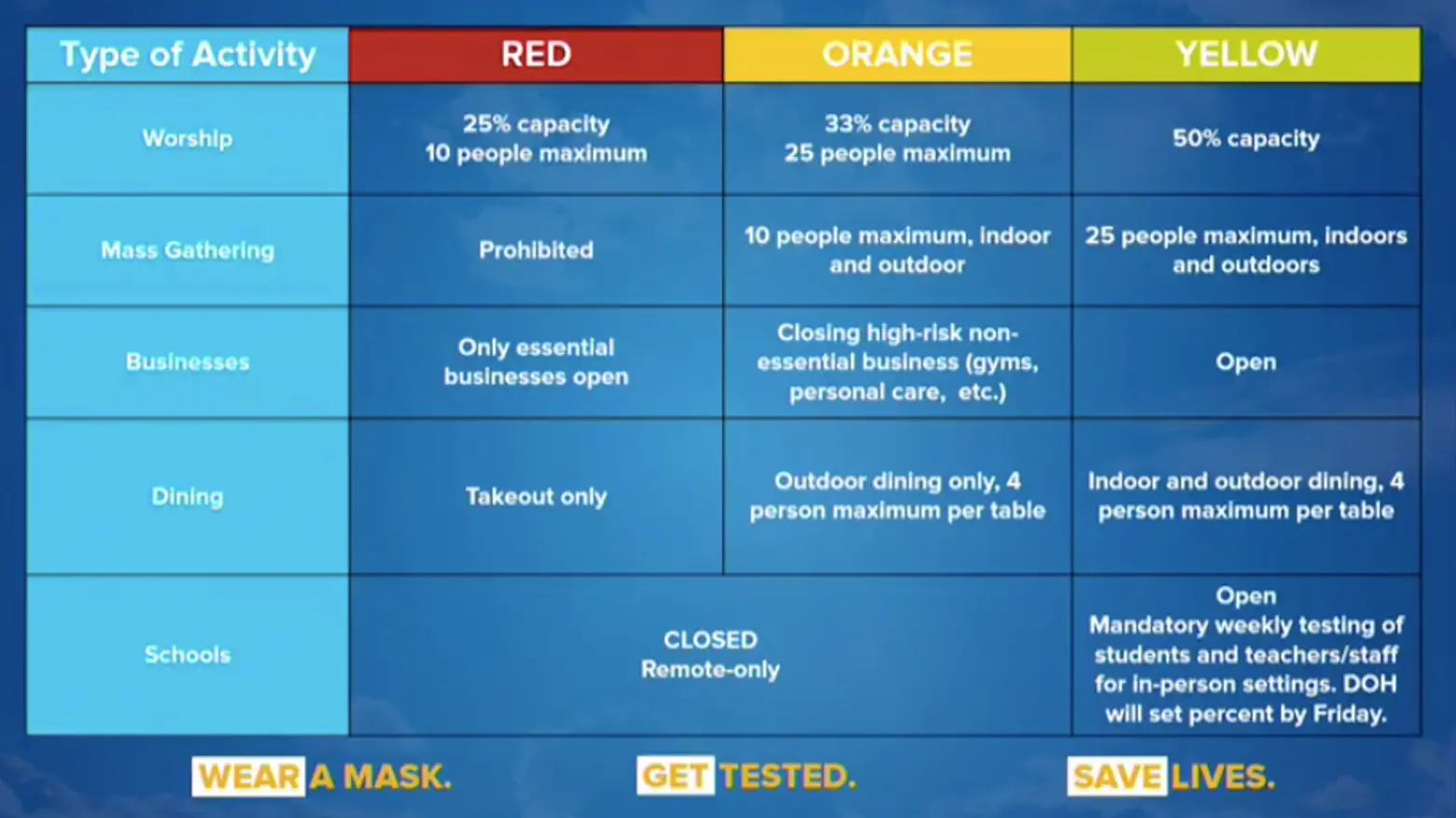
Courtesy of Gov. Andrew Cuomo’s Office
The new restrictions come after de Blasio on Sunday sent a plan to the state seeking approval to close schools and non-essential businesses in nine New York City ZIP codes that have seen a resurgence of cases. While Cuomo this week signed off on the plan to close schools in those neighborhoods, he did not want to issue restrictions by ZIP codes and instead put forward a new map with different colored zones around identified clusters.
“These are relatively small areas geographically. Maybe a cluster is one mile in diameter,” Cuomo said during a press conference on Tuesday. “Maybe with the orange warning area, it’s a mile and a half. Maybe with the precaution area, it’s about two miles. These are geographically circumscribed, relatively small but that’s why they’re clusters. The trick is to keep it small. Keep the infection from spreading.”
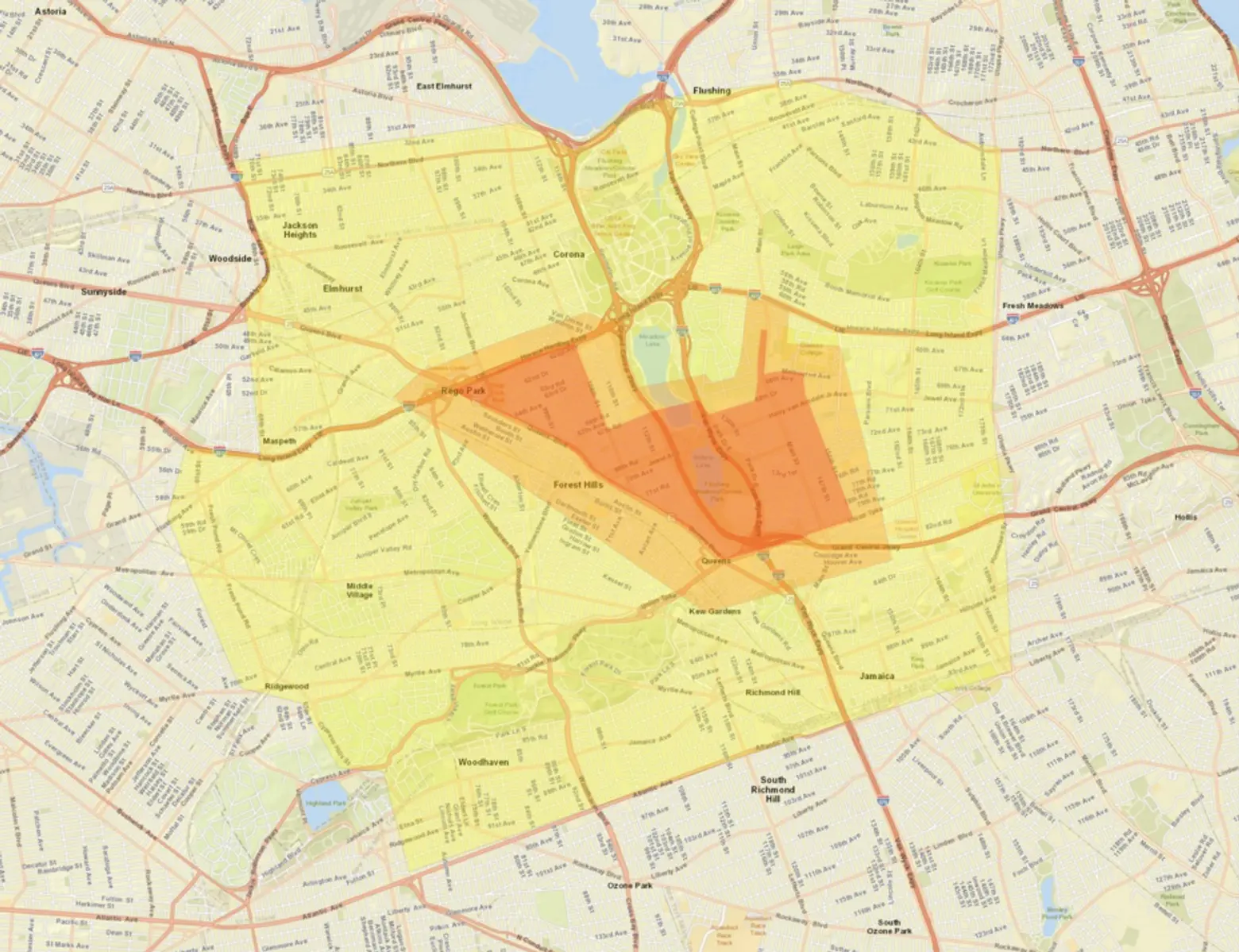
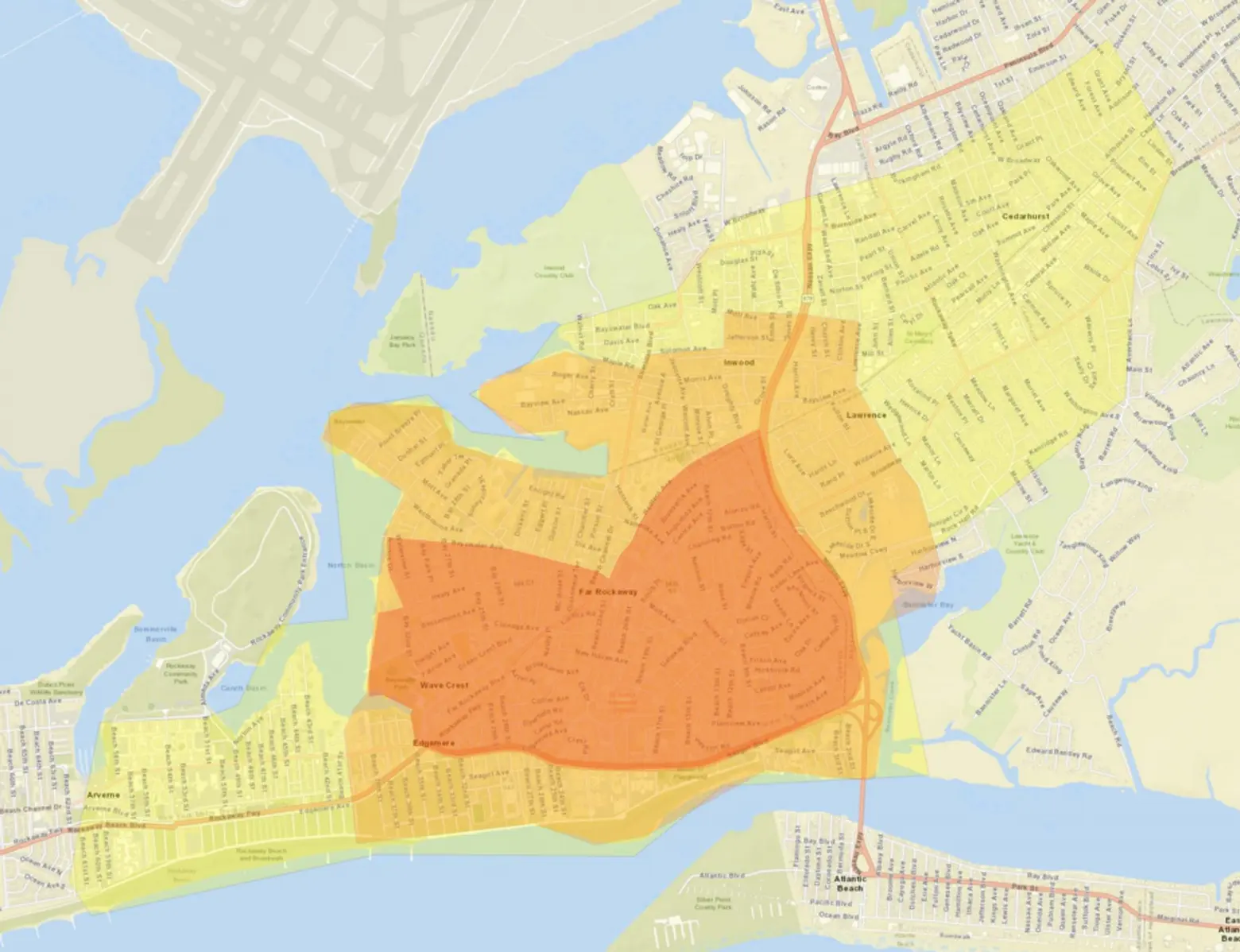
Map of Forest Hills (top) and Far Rockaway (bottom) Covid-19 clusters; courtesy of Gov. Andrew Cuomo’s Office
According to the state’s new maps, the red zone marks the cluster itself and will see the most restrictions, which include closing non-essential businesses, banning mass gatherings, allowing take-out only at restaurants, shutting down schools, and restricting capacity at houses of worship to 10 people.
In the second orange zone, the state will close high-risk non-essential businesses like gyms and salons. Mass gatherings will be restricted to 10 people, only outdoor dining will be permitted, and houses of worship will be restricted to 33 percent capacity, or 25 people maximum.
In the yellow, or precautionary, zone, businesses will stay open, indoor and outdoor dining will be permitted, and schools will be open with mandatory weekly testing of students and teachers. In this area, mass gatherings are capped at 25 people maximum, with houses of worship at 50 percent capacity.
In addition to the new restrictions, sponsors of mass gatherings will be fined $15,000. On Tuesday, Cuomo said large gatherings have been a problem for weeks, and put the blame on houses of worship and colleges. Orthodox Jewish elected officials in Brooklyn on Tuesday condemned Cuomo’s new initiative.
In a joint statement from State Sen. Simcha Felder, Assembly Member Simcha Eichenstein, Council Member Chaim Deutsch, and Council Member Kalman Yeger, the officials called Cuomo’s shutdown “questionable.”
“We are appalled by Governor Cuomo’s words and actions today,” the statement reads. “He has chosen to pursue a scientifically and constitutionally questionable shutdown of our communities. His administration’s utter lack of coordination and communication with local officials has been an ongoing issue since the start of the pandemic, and particularly recently as we face this uptick.”
“Though we are representatives of “hotspot” neighborhoods, we have been disincluded from conservations with the governor and his leadership team as they made devastating decisions affecting the people we serve.”
After announcing the closures on Tuesday, Cuomo said he had “a very good conversation” with leaders of the Orthodox Jewish community. “I have been very close to the Orthodox community for many years,” Cuomo said during a press briefing. “I understand the imposition this is going to place on them, and I said to them I need their cooperation. I need their partnership. They’re very cohesive communities. I asked for them to work with me to follow these guidelines and that was positively received.”
But on Tuesday night, hundreds of members of the Orthodox community took to the streets of Borough Park to protest the new restrictions. As Gothamist reported, demonstrators set fires along 13th Avenue and threw masks into the flames. No summonses were issued or arrests made.
“Nobody here has the virus,” a woman in Borough Park told Gothamist. “The president got the virus, he recovered. There are medicines now.”
Among the nine NYC ZIP codes with high positivity rates identified by the city, Borough Park has seen the highest infection rate, reaching higher than 8 percent over a 14 day period. Other neighborhoods in South Brooklyn with high rates of the virus, as of Sunday, include Gravesend/Homecrest (7.5 percent), Midwood (6.98 percent), Bensonhurst/Mapleton (6.47 percent), Flatlands (5.94 percent), and Gerritsen Beach/Homecrest/Sheepshead Bay (4.36 percent).
In the hotspot ZIP codes the positivity rate is 5.1%.
We are taking quick action to respond to the clusters & stop the spread.
Here are the 20 hotspot ZIP codes: pic.twitter.com/dNbxFENjPq
— Andrew Cuomo (@NYGovCuomo) October 7, 2020
Twenty ZIP codes across New York with outbreaks have an average positive rate of 5.1 percent, down slightly from 5.5 percent the day before, according to the state. Overall, New York’s positive infection rate remains around 1.2 percent. In addition to neighborhoods in Brooklyn and Queens, the state is mandating restrictions in Orange, Rockland, and Broome Counties.
Explore the “Find Your Zone” map here.
RELATED:
